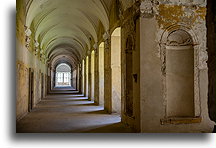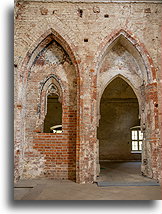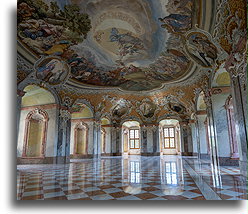The large abbey was built by the Benedictines in 1150 and expanded by the Cistercians, who stayed there until 1810. It was the most important monastery in Silesia and the largest Cistercian abbey in the world. The monks of Lubiąż founded six more monasteries, also in Poland. In the mid-13th century, Lubiąż Monastery had almost 70 surrounding villages settled by German colonists. It also had estates farther in Silesia and Greater Poland. The monastery owned gold mines, and in the 14th century, the Lubiąż Abbey with its monastic school and library was a cultural center in the Central Europe.
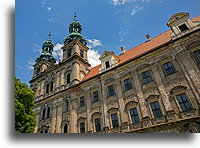
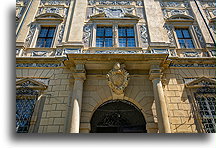
Cistercian Abbey in Lubiąż (Poland), which we can see today, dates back to the times of its greatest glory and is the result of major changes carried out at the turn of the 19th century from the Gothic to the Baroque style. It is an impressive, monumental complex of many buildings. It consists of the Abbots' Palace, the church and the monastery. Outside the complex is the Church of St. James. When the Protestant Prussians took over Silesia, the abbey's sources of income quickly dried up. High taxes forced the abbey to finally dissolve in 1810. The villages and other properties of the monastery were nationalized. Valuable works of art, the library and archives were taken to Breslau.


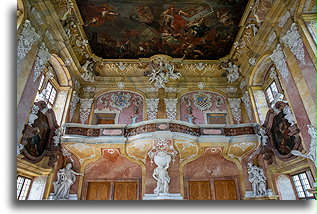
During World War II, the abbey became the seat of German research laboratories working on the development of radar receivers. The Nazi factory, where forced laborers worked and the laboratories were under strict secrecy. To this day, it is not clear what the function of the entire facility was. From 1945, the empty complex was occupied by the Red Army. The abbey, which had escaped war damages, suffered at the hands of the Soviets. The interior decorations were deliberately defaced, the wooden furniture burned, the crypts desecrated and robbed. When the Red Army left in 1950, they left behind a completely devastated monastery.
